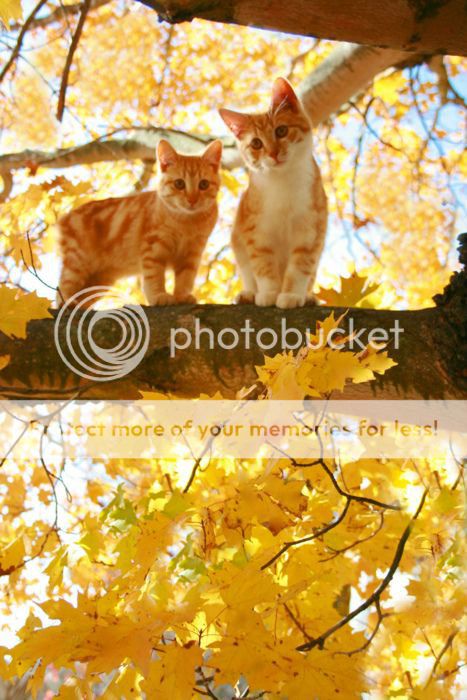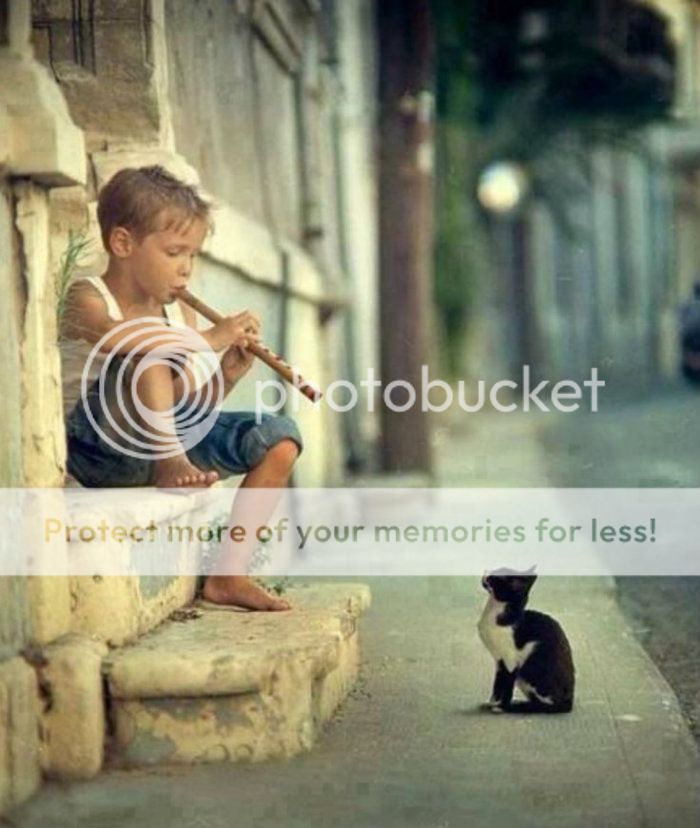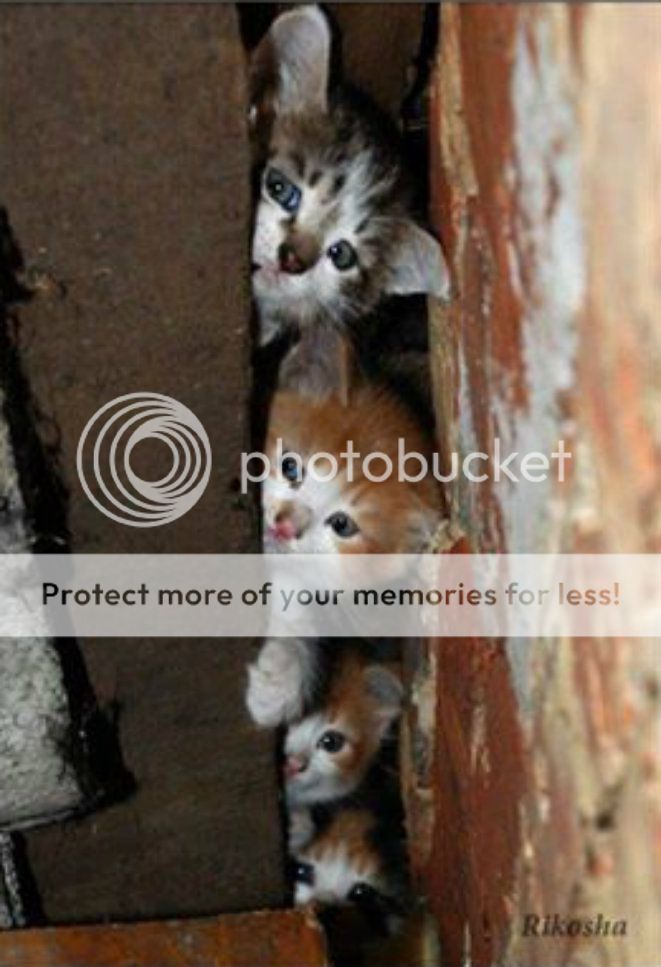-
*Astrella.
User deleted
Your Cat Probably Thinks You're A Cat Too, Says Scientist

Your cat probably thinks that you are a cat yourself -- albeit a much larger one.

That's according to British biologist John Bradshaw, who says the way furry felines greet us (with their tails up) and rub on our legs is similar to how the animals communicate affection to other cats.
"In cat society, this sequence is usually performed by a smaller cat towards a larger one -- a kitten or young cat towards its mother or an older relative, a female towards a male," Bradshaw, who is foundation director of the Anthrozoology Institute at the University of Bristol, told The Huffington Post via email this week.
"It seems to be a way that smaller cats have of indicating to larger ones that they want to remain friends. When cats started becoming friendly towards us, maybe 5,000 to 10,000 years ago, they just adapted this piece of behavior to show that they like us, too," he continued.
Author of the 2013 book Cat Sense: How the New Feline Science Can Make You a Better Friend to Your Pet (which has been attracting a resurgence of interest on social media this week), Bradshaw has been studying the history and behavior of cats for decades. He argues that to live happily with our cats, we must first come to understand their behavior and their eccentricities.

For instance, knowing that cats carry out this tail-up/rub ritual as a form of friendly greeting should influence the way cat owners interact with their pets, Bradshaw says.
"Research has shown that when people interact with their cats, the interactions tend to go on for longer if they're started by the cat -- many cats seem to need to go through the tail-up/rub ritual in order to feel comfortable, and may not have time to do it if it's the person who makes the first move. So the advice would be, take your time when approaching your cat, and wait for it to at least put its tail up before making actual contact," he told HuffPost.
Bradshaw has also advised cat lovers to keep their ears peeled for purring. Purring, he says, isn't just a way that cats express contentment, but -- as he explained to NPR's Terry Gross last year -- it can also be a sort of signal for help.
"What we think cats are doing here is just trying to reassure their person — or another cat — who is hearing the purr that they are no threat, and ideally they'd like them to stand still and help them do something," Bradshaw told Gross. "So it starts off with kittens purring to get their mother to lie still while they're suckling, and it goes on into adulthood... It's a signal to the animals, and the people around them to pay attention and try to help them."
As for whether or not your cat likes you, Bradshaw says there are a handful of tell-tale signs of a cat's affection.
"Cats show they're fond of other cats in three ways," he told HuffPost. "The tail-up/rub ritual; by resting in contact; and by grooming one another. So if your cat is doing any one of these, then it likes you! It doesn't have to be all three -- for example, some cats (in my experience, especially the long-haired) don't much like sitting on people's laps, but if they're reliably doing the tail-up/rub, then everything's okay."
Source: http://www.huffingtonpost.com/2014/01/15/j..._n_4603722.html.
Your Cat Probably Thinks You're A Cat Too, Says Scientist21 Gennaio 2014 |


